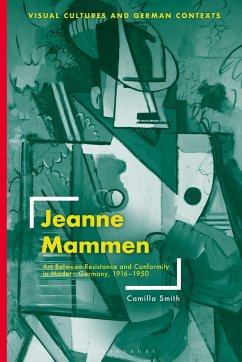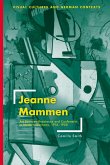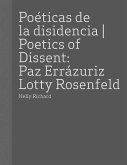Jeanne Mammen's watercolour images of the gender-bending 'new woman' and her candid portrayals of Berlin's thriving nightlife appeared in some of the most influential magazines of the Weimar Republic and are still considered characteristic of much of the 'glitter' of that era. This book charts how, once the Nazis came into power, Mammen instead created 'degenerate' paintings and collages, translated prohibited French literature and sculpted in clay and plaster-all while hidden away in her tiny studio apartment in the heart of Berlin's fashionable west end. What was it like as a woman artist to produce modern art in Nazi Germany? Can artworks that were never exhibited in public still make valid claims to protest? Camilla Smith examines a wide range of Mammen's dissenting artworks, ranging from those created in solitude during inner emigration to her collaboration with artist cabarets after the Second World War. Smith's engaging analysis compares Mammen's popular Weimar work to her artistic activities under the radar after 1933, in order to fundamentally rethink the moral complexities of inner emigration and its visual culture. While Mammen's artistry is considered through the lens of gender politics to reveal her complex relationship with the urbanisation of her time, this book also highlights the crucial role played by a lost generation of inner émigré women artists as agents of German modernity. The examination of Mammen's life and work demonstrates the crucial role women artists played as both markers and agents of German modernity, but the double marginalisation they have nonetheless encountered as inner émigrés in recent history. It will be of interest to students of German studies, art history, literature, history, gender studies and cultural studies.
Hinweis: Dieser Artikel kann nur an eine deutsche Lieferadresse ausgeliefert werden.
Hinweis: Dieser Artikel kann nur an eine deutsche Lieferadresse ausgeliefert werden.
In this study, Camilla Smith wrests Jeanne Mammen from narratives of a sexually liberated Weimar culture and its fall to reveal a more compelling and complex artist. With both sensitivity and precision, Smith illuminates the complexities of Mammen's 'inner emigration'-the fine lines between non-conformism and dissent, camouflage and accommodation-followed by the risks and possibilities of post-war culture in Berlin. Frederic J. Schwartz, Emeritus Professor of History of Art and Architecture, University College London, UK








